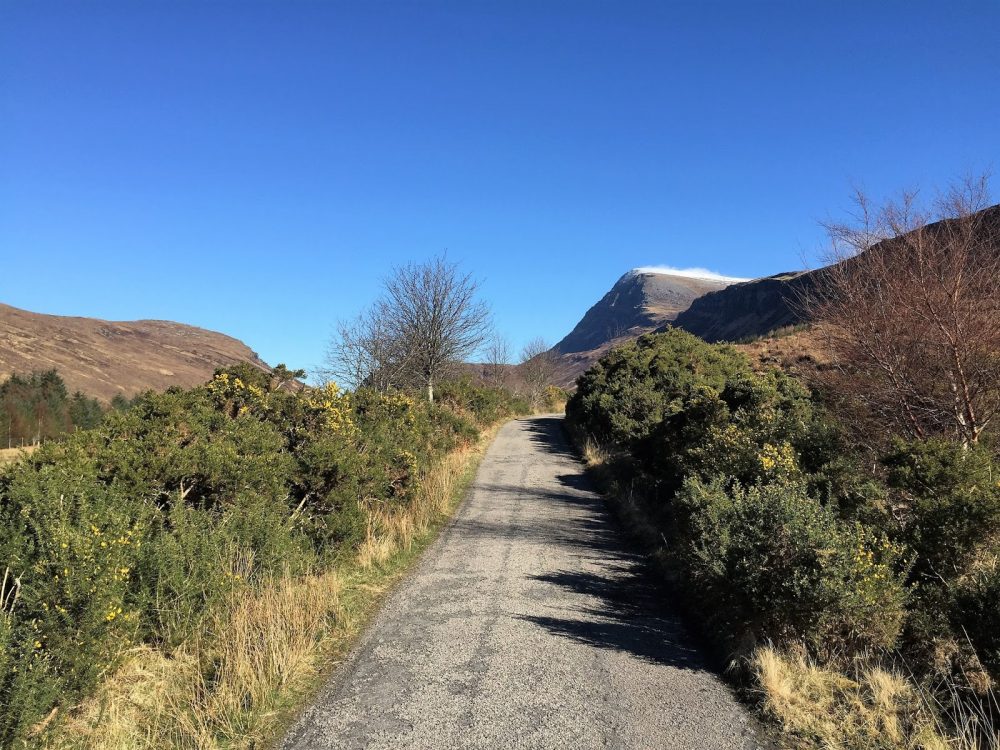The Scottish Highlands and Orkney: A Great Independent Trip
The Scottish Highlands and Orkney make a marvellous
combination for the independent traveller

Some destinations are boring, some become boring and others have complete tediousness thrust upon them. Sadly, increasing numbers of “tourist destinations” are falling into the spectrum of tedium as vastly increasing numbers of tourists descend upon them with anxious visitors ticking boxes, and completing “bucket lists”.
Ironically, escape is simple; unfortunately, the powerful “web” through which we get so many ideas is driven by extraordinarily powerful forces whose interests are usually and increasingly at odds with our own.
Take, for example, VisitScotland. This governmental marketing body is well respected, does some very fine work in promoting the country, offers a wide variety of opportunities for visitors, but remains completely out of touch with the vast majority of the Scottish industry.

Majority, of course, because visitors go where they are told; the global idiom of the travel world is simple. Governments tell you why you should visit a place, and the industry tells you how.
Governments tell you why you should visit by encouraging journalists to visit, designing and executing major marketing campaigns and using a variety of other tools in their chest.Then the industry follows suit; hotels are built in destinations that receive the most marketing, major tour operators design programs that will fill these hotels, and the die is cast; success breeds success and the country is the winner.
And fewer visitors get to see some of the countries’ hidden treasures, ticked away as they are in the remote nooks and crannies of the nation. Like St. Magnus Cathedral; founded in 1137, this gorgeous building dominates the Kirkwall skyline, and offers visitors a remarkable timeline of these remarkable islands.

And it is the same the world over; look around you; Canada’s tourism is very successful, but Manitoba’s is in the tank. The Languedoc in the Southwest of France does not keep up with the “trends” offered by the French tourism folks and, and to Argentinians, tourism is Buenos Aires, Patagonia or the wineries of Mendoza. The world all follow that pattern, and national tourist boards need to do more to realise that they are funded by an entire nation, and not simply the top four attractions.
Thus the bigger operators get bigger and the wealth is concentrated. A familiar theme?
Well, after this long introductory ramble, I need to move to the Scottish Highlands. I have been here now for ten days, on a spectacular journey through the historical millennia of their past, through landscapes that took my breath away, past seascapes that left me staring for hours, into restaurants whose fare would stand out in any of the world’s major centres and stayed in hotels whose charm exuded the overwhelming hospitality and understated charm of the region.

And other tourists? Few and far between. It is, of course, March, but Edinburgh, Loch Lomond and St. Andrews are full up, but too few visitors escape the confines of their “package” and set themselves free and actually explore.
It is worth noting that much of this can be done by public transport and local taxi, if you don’t care to drive. Driving, though, is actually pretty straightforward as there is little other traffic to be seen. The train and bus system in Scotland is simple, integrated and fun.
A combination of trains (and the Highland Line from Inverness to Thurso is really delightful), ferries to cross to the Orkney Islands, and further to Shetland if one has the time, are available and easy to work with. Even in the most rural areas, the Royal Mail Post Bus will carry you to the most extreme parts of the country. While deep exploration needs a little planning, it is quite possible, and the pay off is huge.

A journey from arrival at Aberdeen Airport by train to Forres, an historically important town in Moray and a good two-night stay would be a good start. It is a medieval town, with strong reference to the Real Macbeth, and a delightful garden setting. From there, I would continue in to Inverness, only twenty miles away, and spend a day before heading north on The Orkney Bus to the Northern Isles.


There, steeped in the history of the Bronze Age, the Vikings, the Second World War and the mosaic of art and crafts that have woven their past together, I would stay for a three days at on of Kirkwall’s hotels. Northlink Ferries offer a great schedule to and from the islands, and by taking the 4.30 sailing to Scrabster and spending the night in Thurso (I love the Pentland Hotel), a £5 cab ride from the terminal. Thurso is a solid, quintessentially northern Scottish town, and a testament to “building buildings that are meant to last”.

From Thurso, the train south to Brora will leave you in a most attractive town on the east coast. Here one can rent a vehicle for a couple of days from Northern Car Hire, and head inland toward Altnaharra, Hope and the northwest coast. Returning after one overnight in the wilds, and a two-day drive, you can return the car to Brora and continue south on the train to Inverness.
Just writing out this itinerary makes me want to do it again and again. And the folks at VisitScotland? Well, they react to pressure from numbers, pay lip service to the periphery of their country and leave the explorations of The Highlands and other more remote parts of Scotland up to the initiative of the individuals who truly want to get beyond the maddening crowds.
It is understandable, but as time moves forward at its incessant rate, the relative strength of the central brand destinations will increase, and the margins will become increasingly marginalised. Does this sound familiar?
I love The Highlands.
